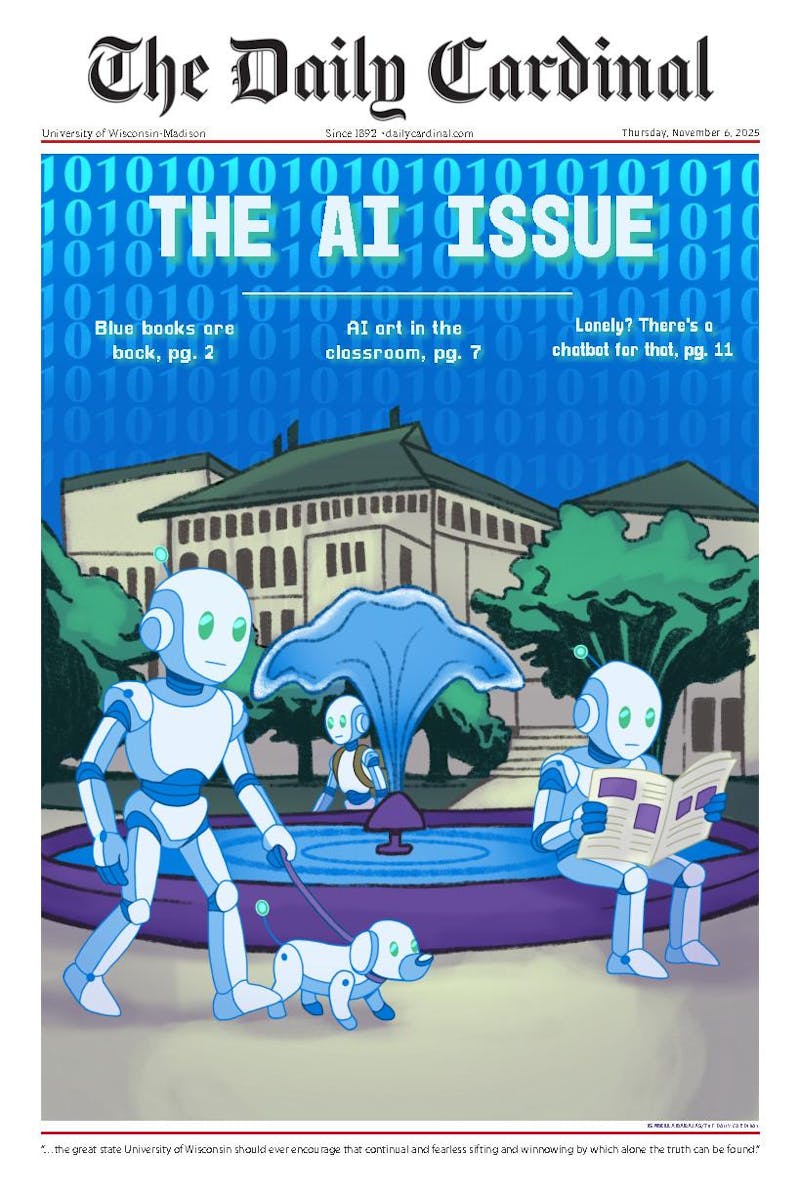UW-Madison’s 2020 Election Survey, which took place from Feb. 11-20, shows Bernie Sanders leading in both the Wisconsin and Michigan Democratic primaries.
According to the survey, Sanders’ lead in Wisconsin is substantial over the second and third candidates: Michael Bloomberg and Joe Biden. Yet, he is barely leading above the other candidates, notably Biden, in Pennsylvania.
Joe Biden and Elizabeth Warren received more votes in urban areas than rural ones, while Pete Buttigieg was the opposite, leading in voter turnout for rural areas.
In the mornings following Super Tuesday, many candidates ended their campaigns. Buttigieg suspended his campaign for the 2020 Democratic nomination last Sunday. Bloomberg and Warren suspended their campaigns Wednesday.
“Considering the campaign suspensions, it becomes very up in the air what the second preferences will be,” said Levi Bankston, a PhD student in political science at the University of Wisconsin who worked on the survey at the Election Research Center.
The survey shows only 30 percent of voters found it difficult to pick a candidate, and 70 percent of voters were very confident in their chosen candidate.
A breakdown of voters showed Democratic primary voters differ more in age and race than gender. Sanders remained at the top with white and Hispanic voters, and Biden leads among Black voters.
Bankston noted the survey is not explicit to college students, it's “hard to say” which candidate will be most popular on UW-Madison’s campus, but expects Sanders to be most popular.
According to the survey, Sanders leads in votes up until age 65 or older, but his strength lies with voters younger than 30 — holding 55 percent of voters between the ages of 18-29.
“On Super Tuesday, we saw the student turnout was much lower than expected,” Bankston said.
He observed the lack of young voter turnout has likely had a negative impact in Sanders’ campaign, specifically.
“We know from research that voting is a ritual thing, once you get registered, you vote more. The one predictor of voting is if you've voted before,” said Bankston.
Considering young people are often not registered, they don’t go to the polls, leaving their voices unheard.
“I think Biden is trying to reach out to young voters too, but both Sanders and Biden know that there is a chance that young voters might not turn out in an election.”
Biden did exceptionally well among older voters, according to the survey. Bankston summarized that older voters are already a part of the ritual, so their turnout is much higher.
Bankston also noted different ways young students at UW-Madison are engaging with the Democratic primary election. He discussed the Badger Vote Coalition made up of centers on campus holding voter registration events and rallying students for the elections.
Bankston said he believes the university’s campus events are effective in engaging their student voters for April 7.
In terms of general election matchups, Michigan, Wisconsin and Pennsylvania do not tend to swing in one direction. Regardless, the leading Democratic candidates are all in close competition with President Donald Trump.
Since the 1980s, Michigan, Wisconsin and Pennsylvania have historically voted for Democratic presidential candidates — but during the 2016 election, all three states helped Trump win the Electoral College.
“One thing I want to point out as a takeaway of our survey is that no matter who the candidate was against Trump, they either did better or were tied with him,” Bankston said. “This suggests that the election is a toss up. It becomes really important who these campaigns are able to mobilize and turnout come election day.”






